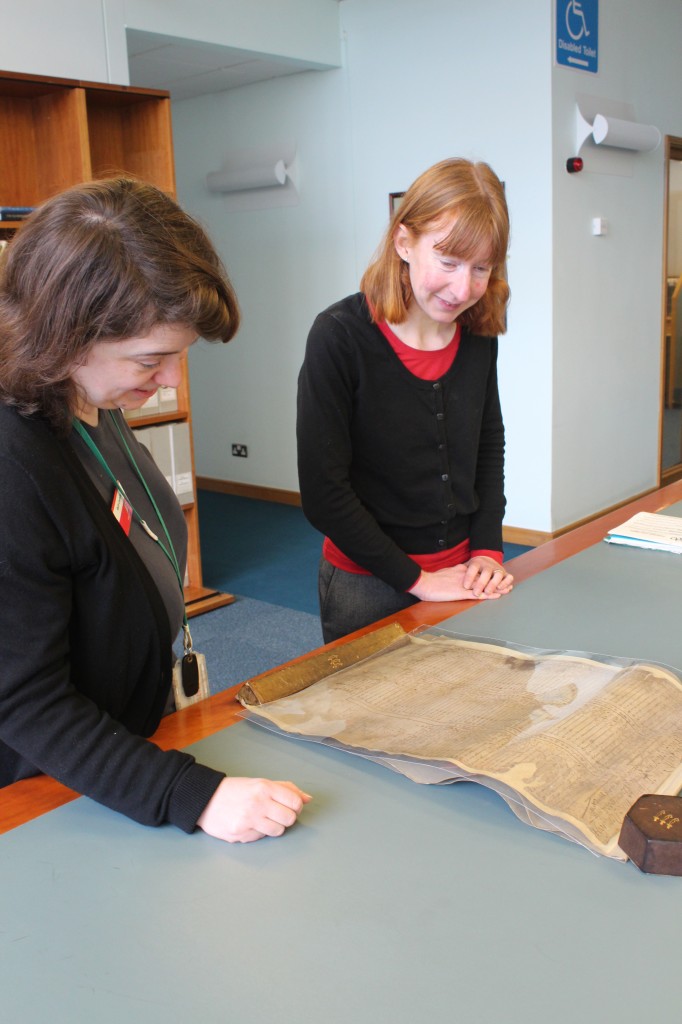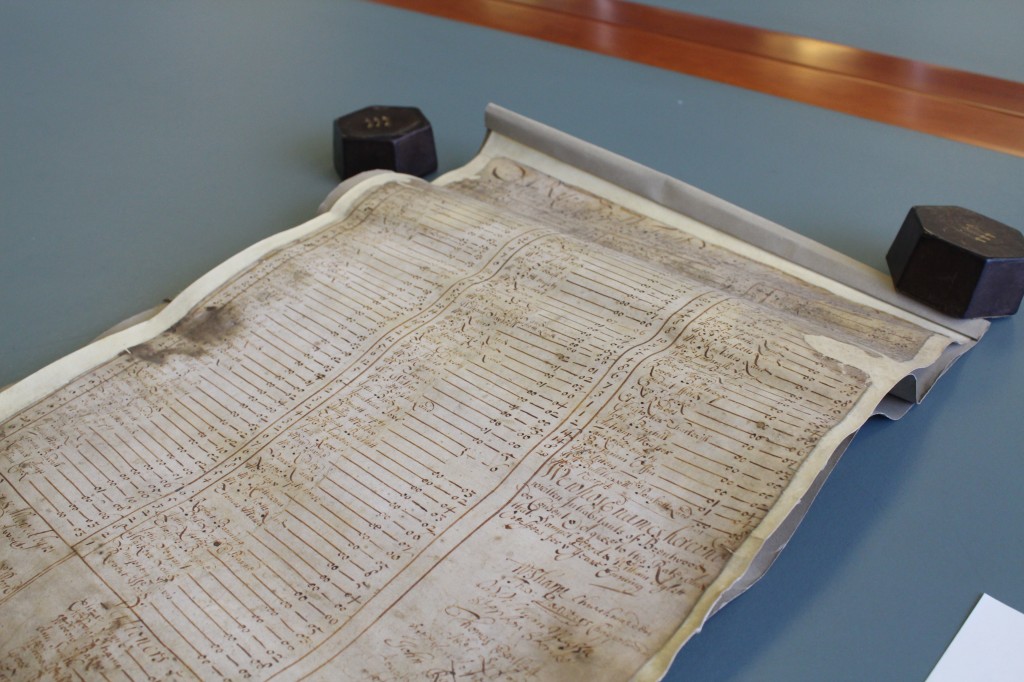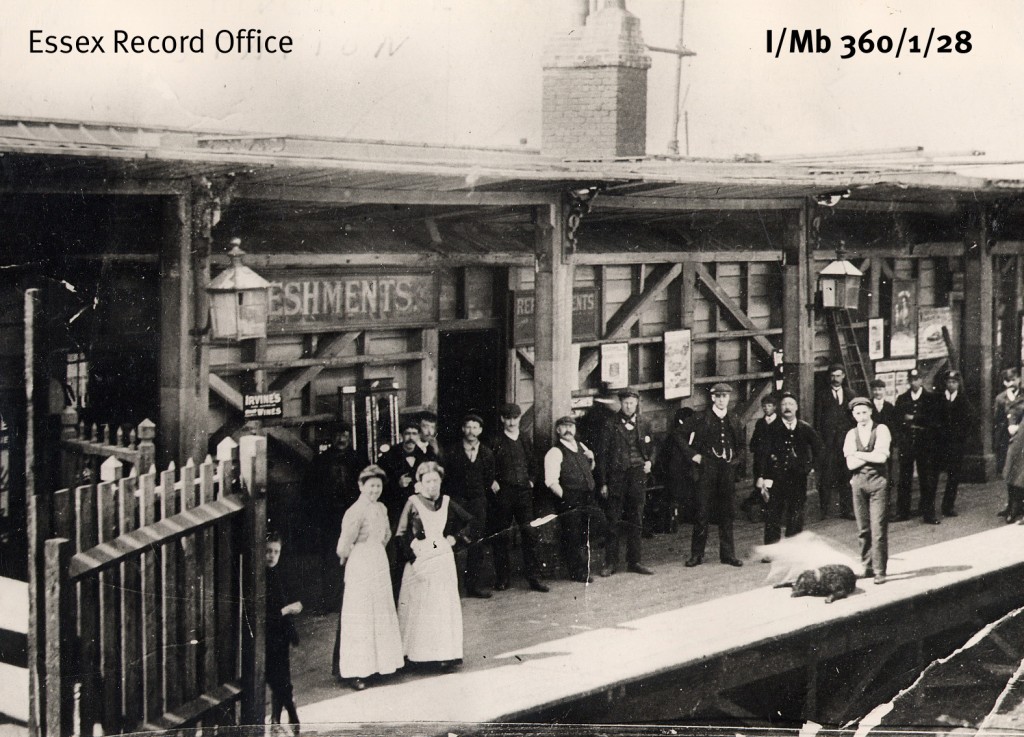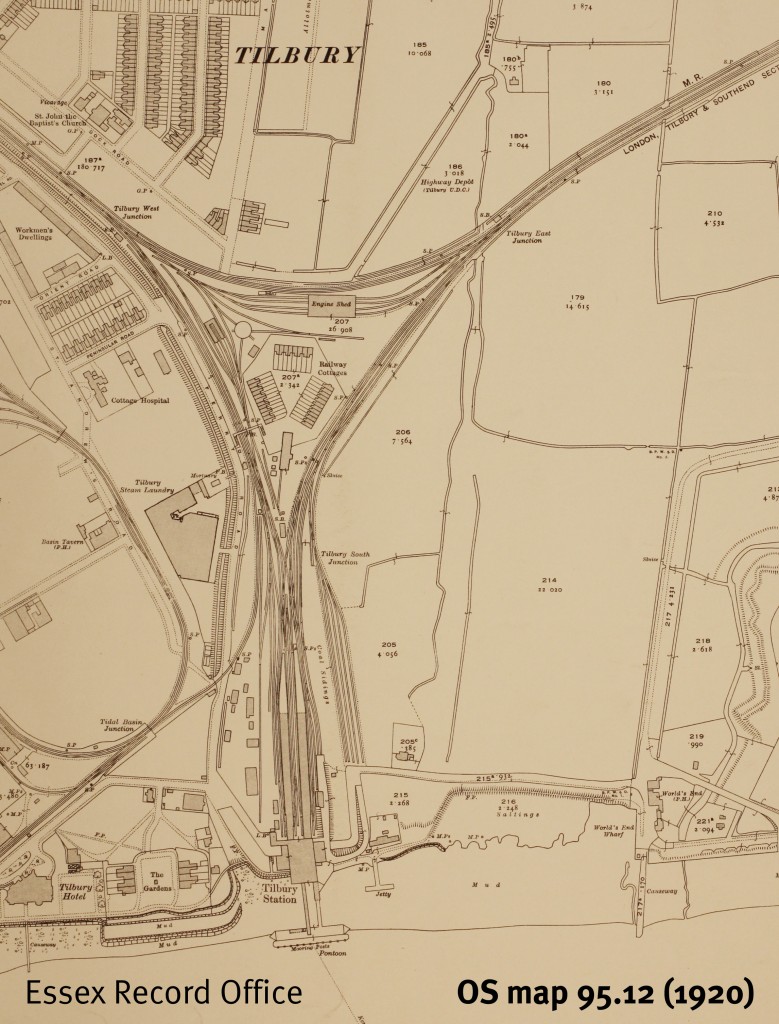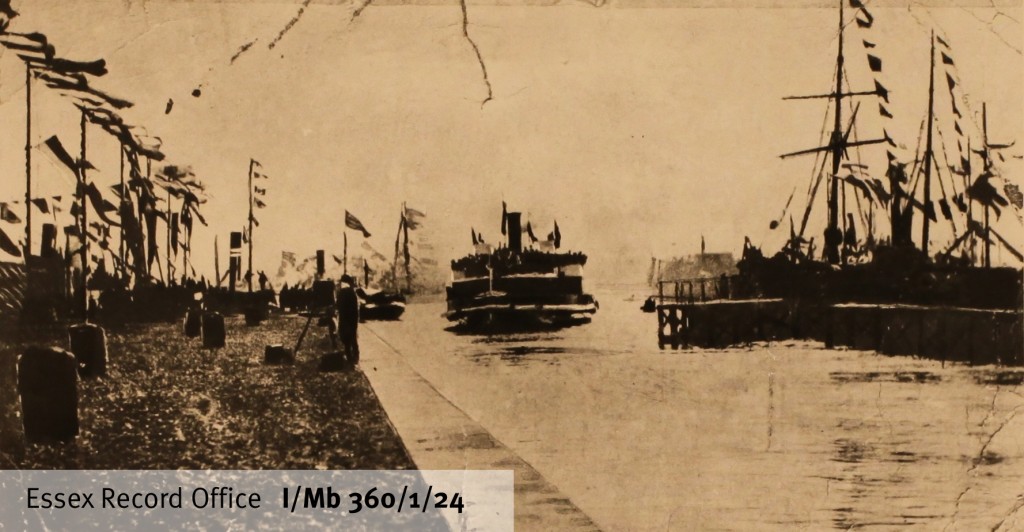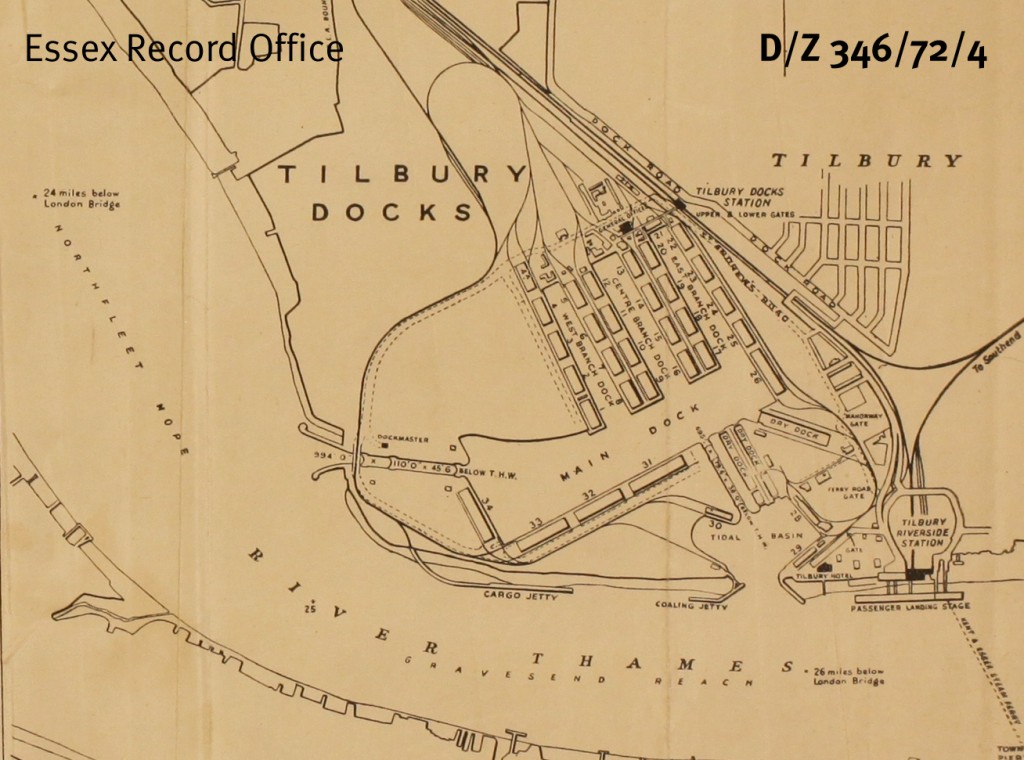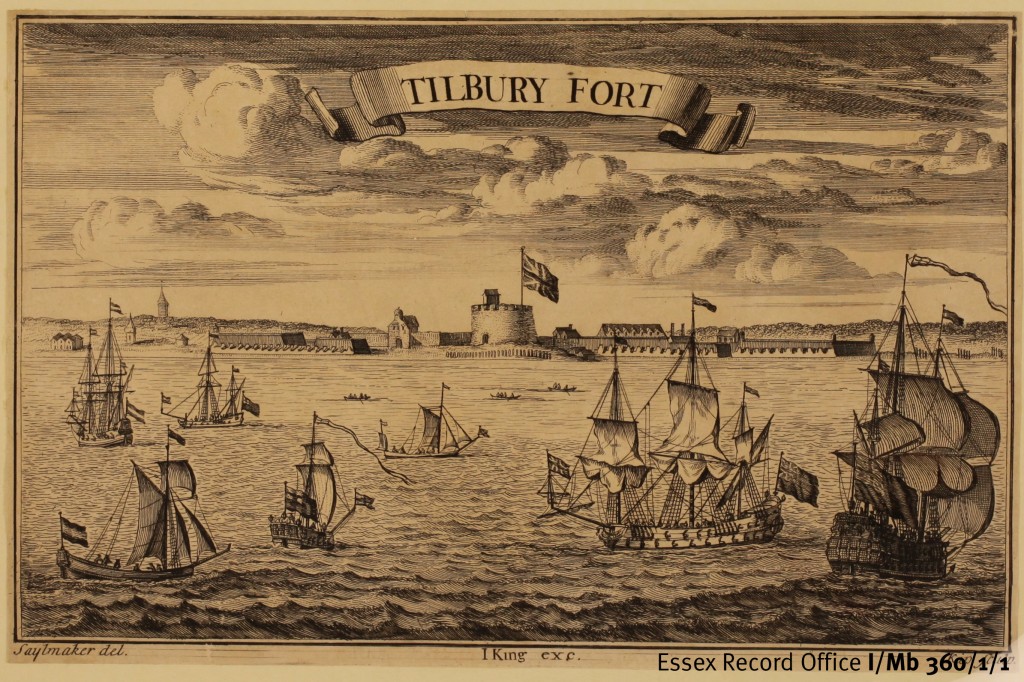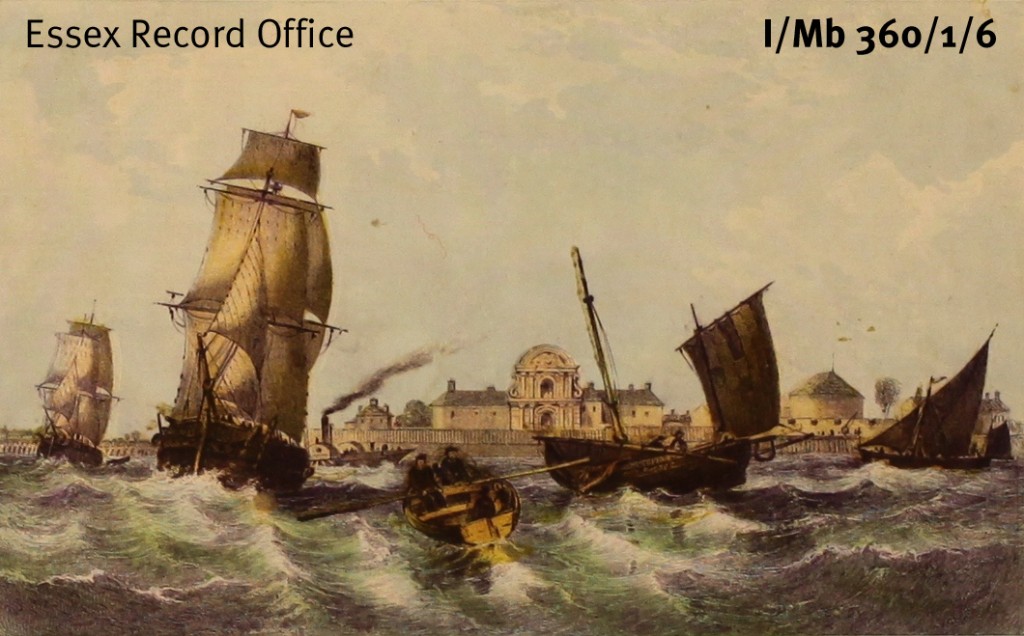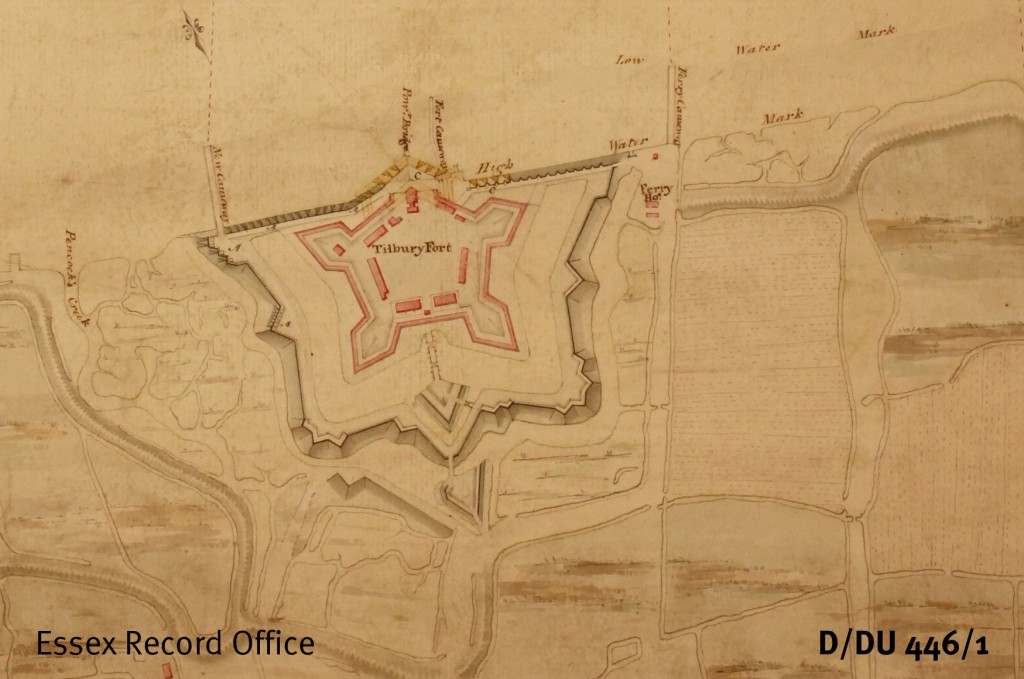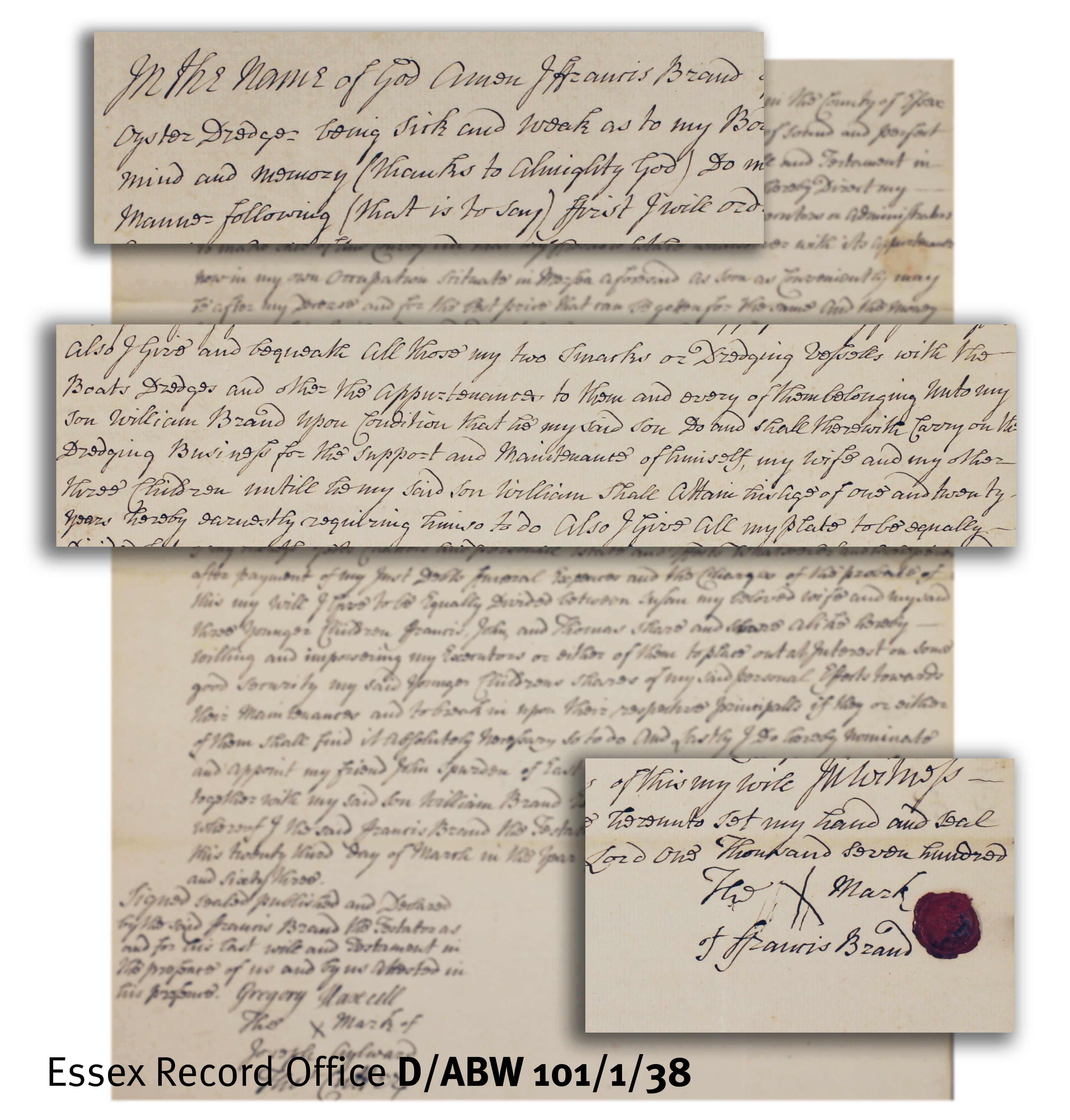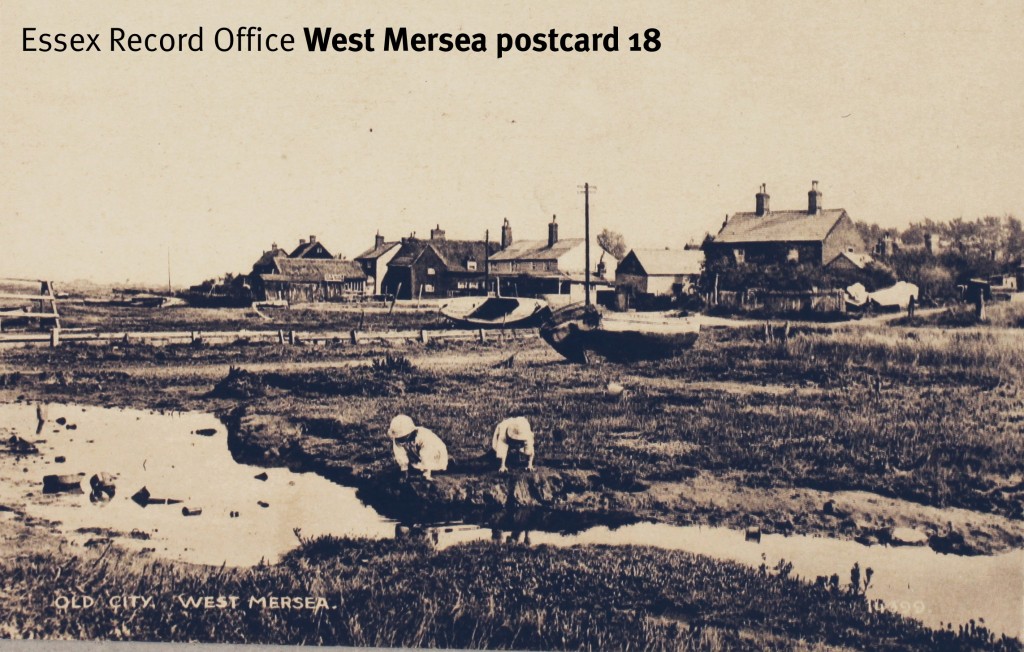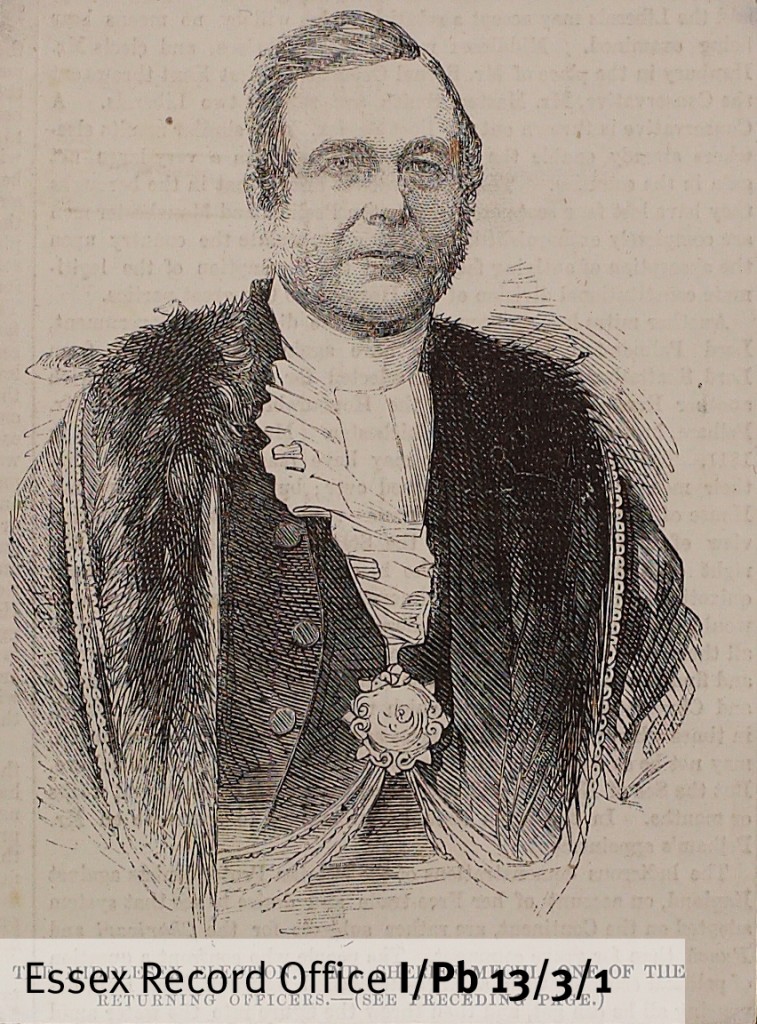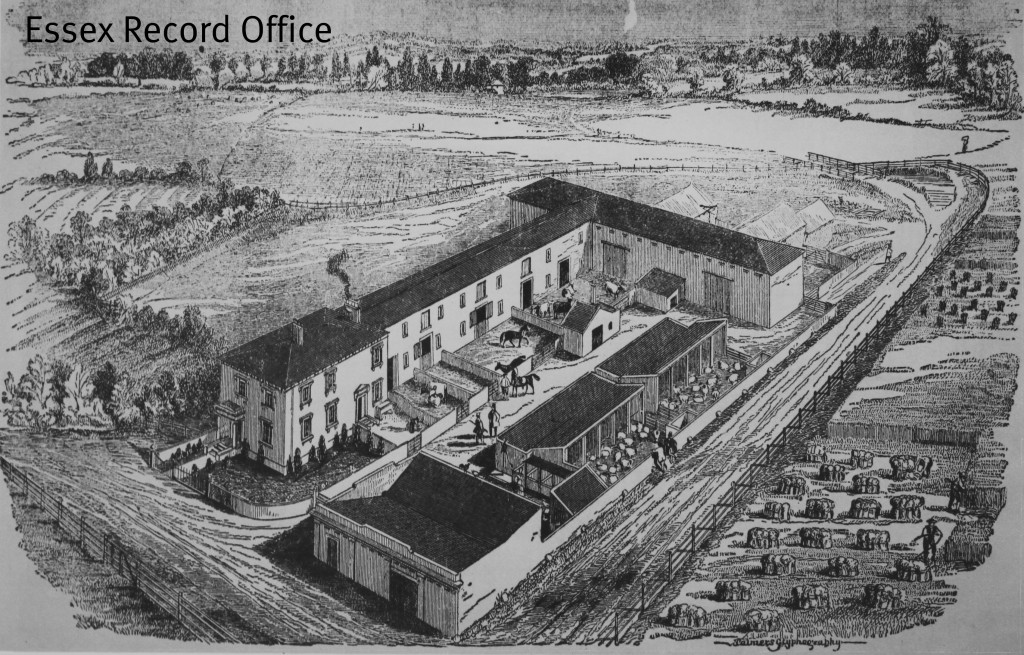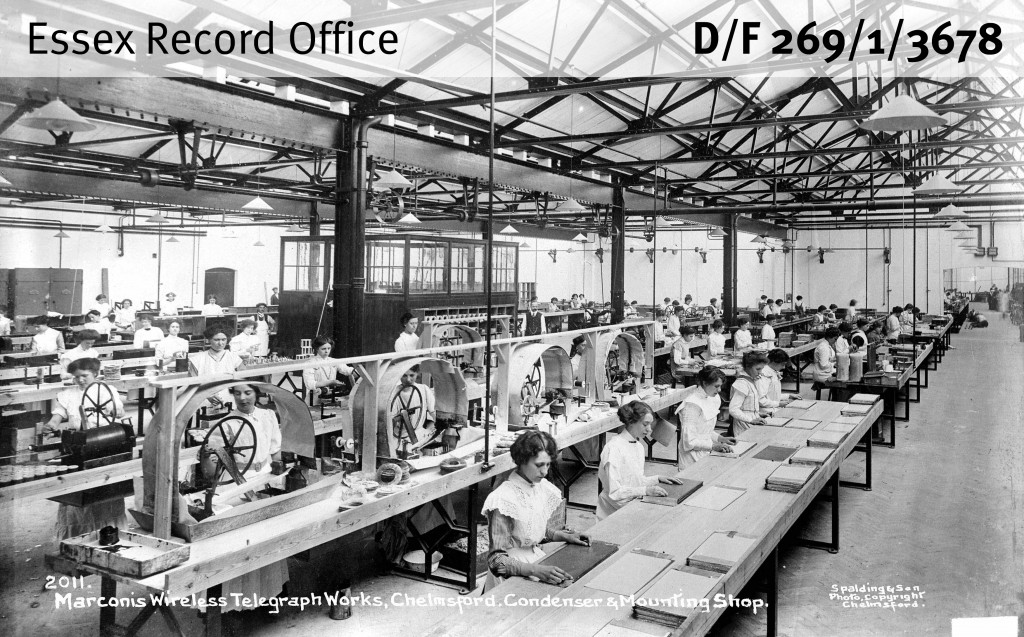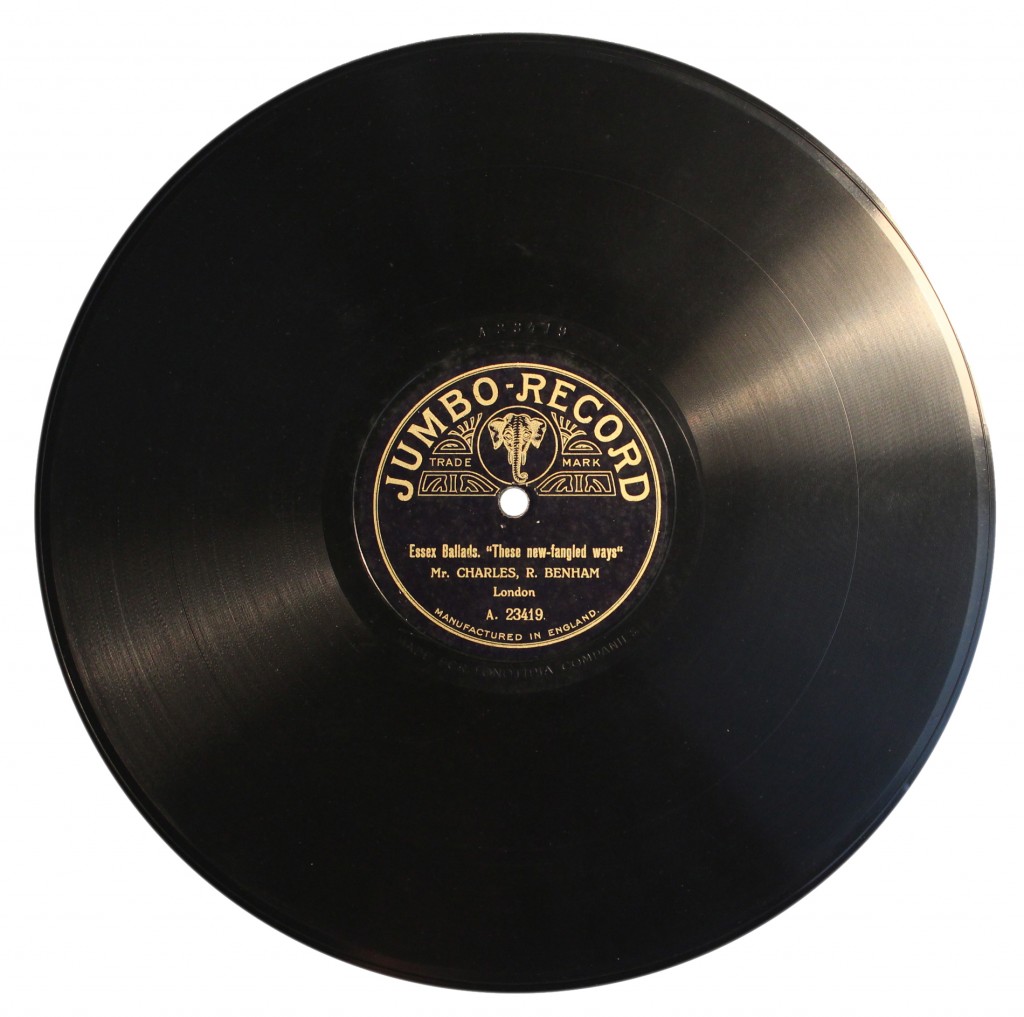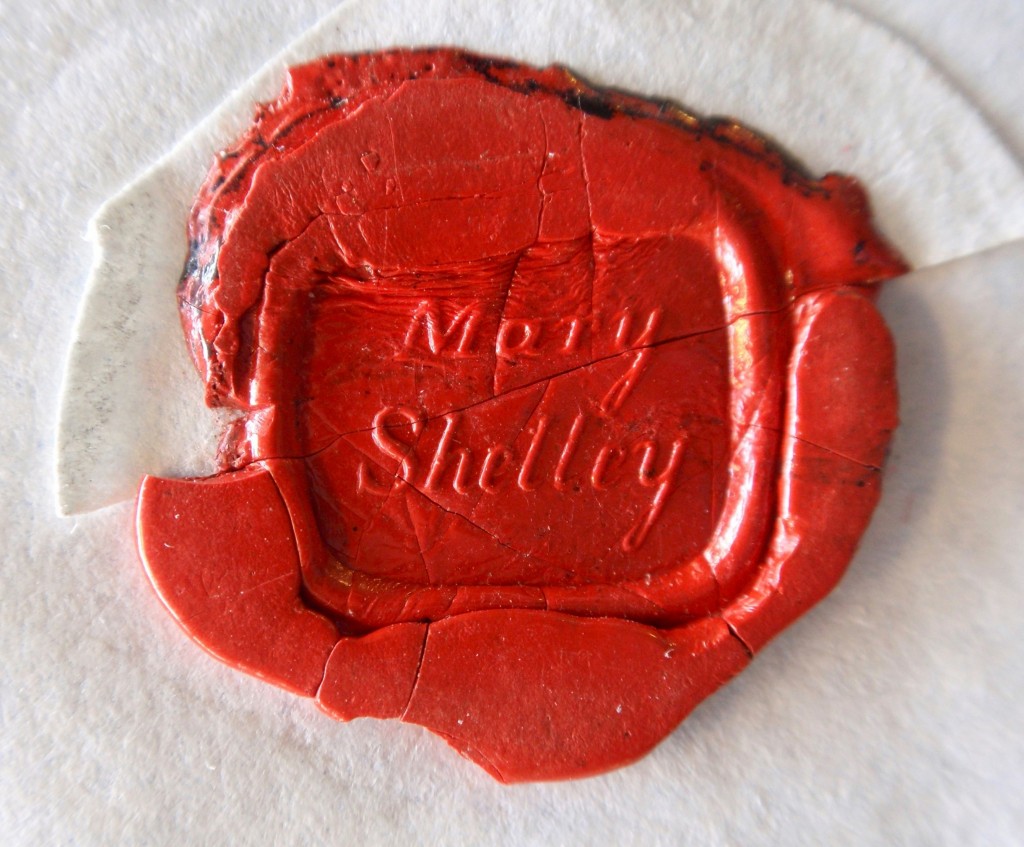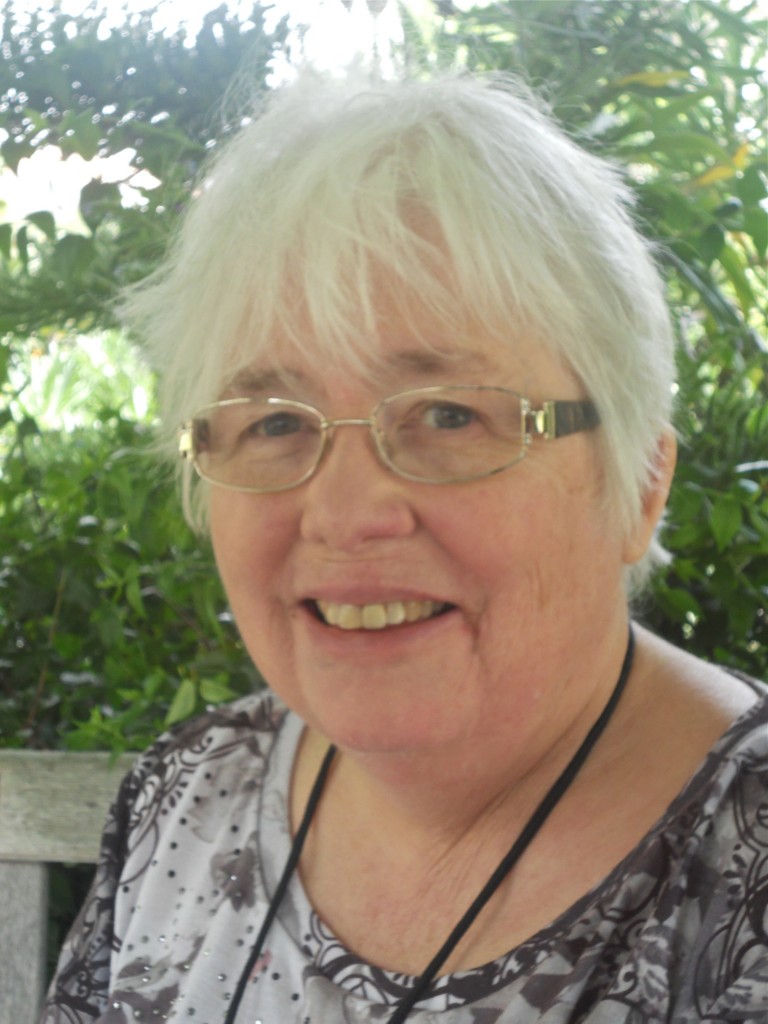2014 will, of course, mark the centenary of the outbreak of the First World War.
The ERO’s collections contain a great deal of material relating to the First World War that tell us about life in Essex during the War years, and the experiences of Essex people service abroad. We will be using this blog over the year to highlight particular stories, so watch this space for those.
We are also planning a special event later in the year to mark the centenary – further details will be coming soon.
In the meantime, we thought it would be useful to bring together a range of resources that researchers might find useful for family history, local history, and community projects, both at the ERO and elsewhere.
Essex Record Office resources
You can of course search Seax, our online catalogue, to begin your research. A video tutorial on how to use Seax is available here.
Surviving First World War service and pension records and medal roll indexes are available on Ancestry, which can be accessed for free in the ERO Searchroom or at your local Essex Library
ERO First World War source list
Essex Sound and Video Archive sources on the First World War
Paul Rusiecki’s book The Impact of Catastrophe: The People of Essex and the First World War (1914-1920) is an essential companion for anyone interested in Essex during the War years, and is available to purchase from the ERO Searchroom, by e-mailing ero.enquriry@essex.gov.uk
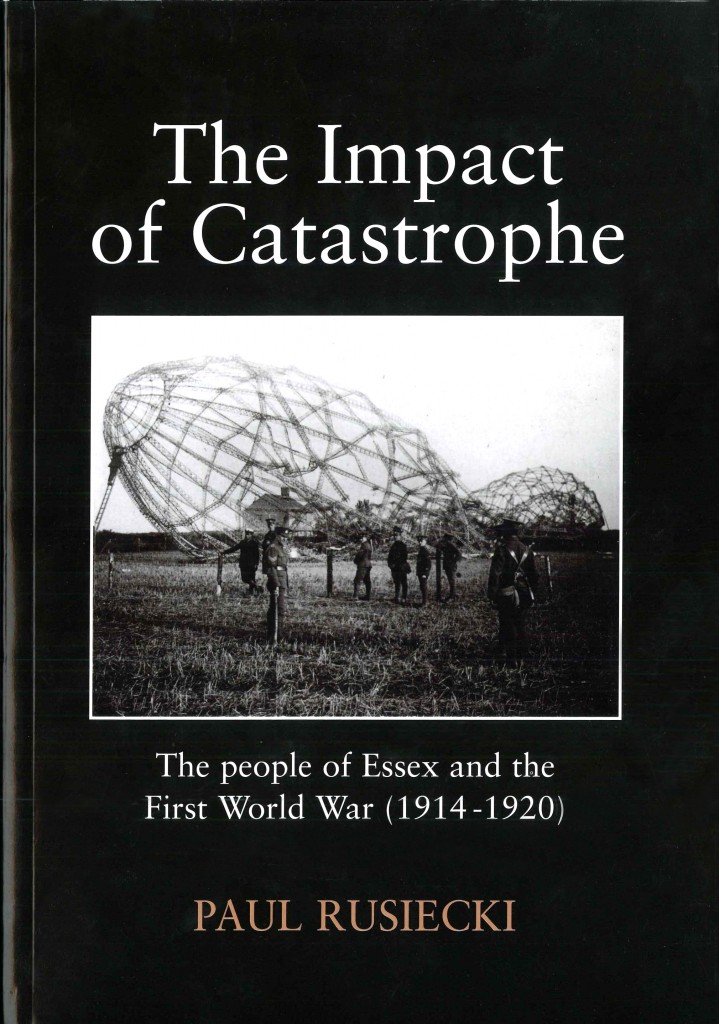
We are in the process of compiling a session for schools on Essex during WWI – if you would like to book a session please e-mail ero.events@essex.gov.uk
Resources for Essex
Now the Last Poppy has Fallen project
Now the Last Poppy Has Fallen is a project funded by the Heritage Lottery Fund and Essex County Council which will focus on the lives of individuals, families and communities in Essex during the First World War. The ERO is taking part along with 6 Essex museums, and the project will be producing a travelling exhibition as well as working with schools. You can follow the project on:
Blog, Facebook, Twitter, Pinterest
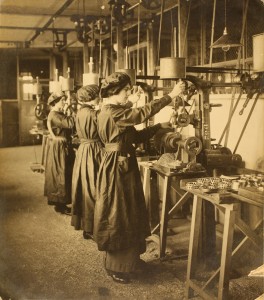
Women working at Hoffmann’s ball bearings factory in Chelmsford, 1914 (Frederick Roberts Collection, Anglia Ruskin University, held at ERO)
Essex Regiment Museum
The Essex Regiment Museum in Oaklands Park, Chelmsford, tells the story of the Essex Regiment and the Essex Yeomanry.
East Anglian Film Archive
The East Anglian Film Archive has 200 hours of film footage online, including some fascinating pieces relating to the First World War, such as the following:
Zeppelins over East Anglia (watch from 18:30 for segment on Essex)
Women at work on a farm in Willingale, 1916
A roll of honour of men from Braintree who served in WWI
Presentation of a tank to Chelmsford, 1919
Chelmsford War Memorials
The Chelmsford War Memorials site details biographical information of the men included in Chelmsford’s war memorials, and is a really fabulous resource if you are interested in Chelmsford, or any of the men on the memorials.
Essex Branch of the Western Front Association
The Western Front Association was formed to further interest in the Great War and to perpetuate the memory, courage and comradeship of those who served on all sides. The Essex Branch of the Association has a whole programme of talks which will be running in 2014 which can be found here.
Resources for the United Kingdom
Imperial War Museum online resources
www.1914.org is the IWM’s centenary site which highlights events and resources from across the world. If you are running a project or event of your own relating to the centenary you can join the website as a partner and add your event. As a partner you will also have access to a tremendous range of resources that the IWM has compiled to help you with your project. You can also follow the First World War Centenary on Facebook and Twitter.
Lives of the First World War is the IWM’s major WWI online project, bringing together material from museums, libraries, archives and family collections from across the world together in one place. IWM wants your help to explore these documents, link them together and start telling the stories of those who served in uniform and worked on the home front.
Voices of the First World War allows you to hear about the First World War from those who were there, using recordings from the IWM’s sound collection. The podcasts can be listened to on the link above, or downloaded from iTunes, and include everyone from soldiers, sailors and airmen to munitions workers, schoolchildren and ambulance drivers.
Faces of the First World War is a set of photographs of WWI servicemen on IWM’s Flickr pages. These images are some of the first items collected by the IWM; in some cases, bereaved families donated their only family of their lost loved one. Some have only a name, rank and unit, so the IWM is asking for help from people to add information to the photographs.
The IWM is also in the process of transforming its First World War galleries to reopen in July 2014 – more here
The National Archives
Advice from TNA on First World War records
Soldiers’ wills
Search for soldiers’ wills on a database on gov.uk
Read more about the digitisation project here
Wales in WWI
Find out about the Welsh experience of the First World War on www.cymru1914.org; this project has conducted mass digitisation of primary sources relating to the First World War from the Libraries, Special Collections and Archives of Wales
Great War Nurses blog
The Great War Nurses blog contains lots of information about women who served as military nurses from the Boer War through to the end of the First World War
The same author also writes about military hospitals and the Army Nursing Service.
Further afield
The Commonwealth War Graves Commission website includes a database which lists the names and place of commemoration of the 1.7 million men and women of the Commonwealth forces who died during the two world wars.
Centenary News provides independent, impartial and international coverage of the First World War Centenary and Centennial 2014-2018.
Europeana is running a Europe-wide project to collect pictures, letters, postcards, souvenirs of other items relating to WWI. You can add your own stories, perhaps from family papers or photographs, or explore stories contributed by others.
Putting Art on the Map – a joint project between the Imperial War Museum and HistoryPin focusing on First World War artworks (PS, HistoryPin is a wonderful resource for sharing and exploring historic images – you can upload pictures and virtually ‘pin’ them to a map, and explore what others have pinned)
This list is by no means exhaustive, so if you have any other suggestions that you think researchers – especially those interested in Essex – would find useful, please let us know leaving a comment or e-mailing us.
If you do undertake research into the First World War using ERO’s collections we would love to hear from you.

